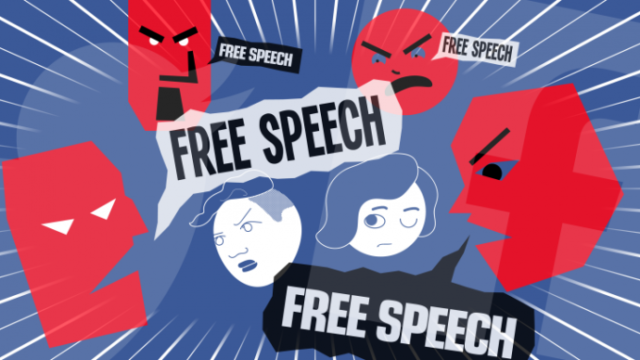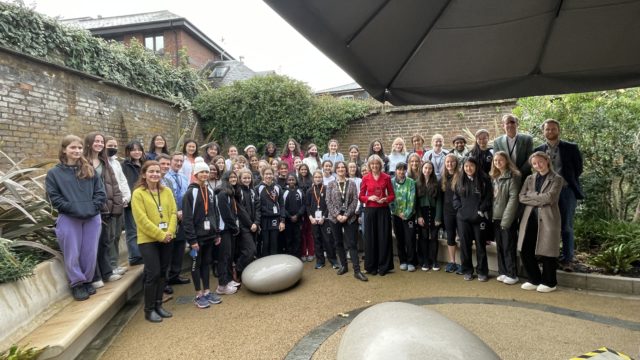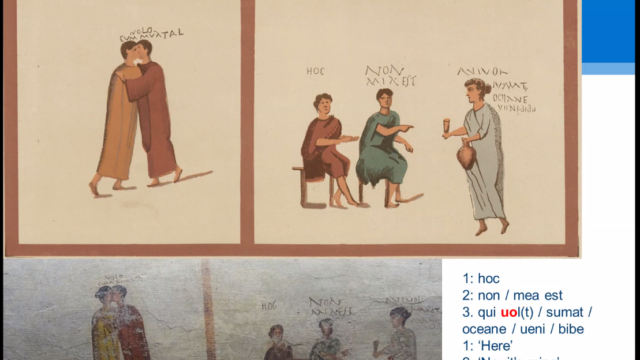iPaulina

Cartography
The politics of mapsMaps document the world as humans see it. Yet throughout history, they have had more significance in our lives than they perhaps should have. Maps have shaped our very worldview, split apart communities, and cartography, the art of mapmaking, has been used for political gain. Humans seem determined to carve up land; the territory is often less about the spaces and more about where you choose to draw the line.
Anaximander, an ancient Greek, first wrote that Asia, Africa and Europe were separate continents, and the idea has persisted, and the idea of “Asian” and “European” is now deeply embedded in us, especially in racial terms, even though China and India are wildly different places. Old maps like the seventh century ‘T-O map’ divides the three continents with the Mediterranean, telling us a lot about our cultural identity and historical mindsets.
Western cartography emerged at the same time as a lot of scientific advancements too, as people began to wonder about the wider world. Most people throughout history had no real idea of what the world looked like – how could they check? They had to trust the cartographers, who often produced wildly inaccurate plans, even with mythological places on them. Thus, experts and academics, in the service of royalty and rulers, held power over people’s worldview. Whilst you’d think that cartography is a science, it can easily be politically biased. Even now, when we have access to satellite imagery, maps can be misleading. The problem with showing a sphere on a flat piece of paper is that either the accurate shape or accurate size of countries has to be compromised on, and someone made a choice about that.
In the UK, most of the maps we see have compromised on size, meaning we see the countries around the equator as a lot smaller than they should be, whilst countries above and below it are comparatively bigger. The countries around the equator tend to be lower-income countries too; this type of map has been criticized for leading us to an inflated sense of our importance. Cartographers always make choices, and it affects our self-image. But then we humans often think of ourselves as at the centre of things: we assumed for millennia that we were the centre of the universe; it shook our foundations when Copernicus and Galileo proved that we weren’t. According to the law of ethnocentrism, societies ‘tend to place their territory at the centre of the world map’, which is telling. The first maps, from Babylon in 600BC, placed themselves in the middle of the world. Latitude and longitude were designed by men from Greenwich; now the world revolves around Greenwich.
Maps have not always been silent documentation of facts – they have played an important role in real lives, often ignoring existing boundaries and ironically leading to the map governing the people, rather than the people governing the maps. For example, in Northern Africa the divisions between countries are straight lines due to a history of colonization and division by external powers. After the colonization of Africa, foreign powers, particularly Britain, tended to rule from the comfort of home, often not understanding the country’s complex ethnic and tribal politics. Colonial powers decided the boundaries of African countries in 1884 – quite literally drawing lines with a ruler on the map around a table in Berlin. Humans, famously, do not obey rulers. Real ethnic boundaries did not follow these borders, and these arbitrary lines have led to real, serious conflicts across Africa ever since.
With similar colonialist spirit, the British and French drew straight lines over the Middle East after WW1, to devastating effect. This map has been dubbed ‘the map that ruined the middle east’. The region is still shaken by these lines today, as they create identity disruption and were drawn without Arabic knowledge.
This alone should make us question the relationship between cartography and reality. If maps are human lines on a piece of paper, why do they need wars to be rubbed out? Where human groups are involved, maps are political by definition. Google Maps has not included Palestine as a country, to public outrage: either way, a political decision must be made.
Maps can have political power over real people’s lives, and this is seen too in the shady practice of gerrymandering, where the borders of a constituency are changed to favour a party. In America, this problem is rampant, as ‘redistricting’ occurs every ten years and whichever party is in power there can gerrymander to their benefit. In America, regions of cities are often racially distinct, a legacy of segregation. You can see how this could often be used against minorities; if you group them in one constituency, their voting power is limited to one majority.
Gerrymandering also famously occurred in Northern Ireland in the 1960s, where cities like Londonderry were cut up to favour Protestants, many of whom were not originally Irish but Scottish immigrants, whilst the huge number of Irish Catholics were put into one region, thwarting democracy.
Democracy can lie about votes, and maps can lie about the truth. Whilst maps tell us a lot about our historical worldview, they have been politically abused ever since their invention.
Eleanor VI







